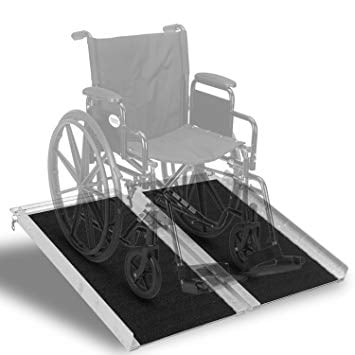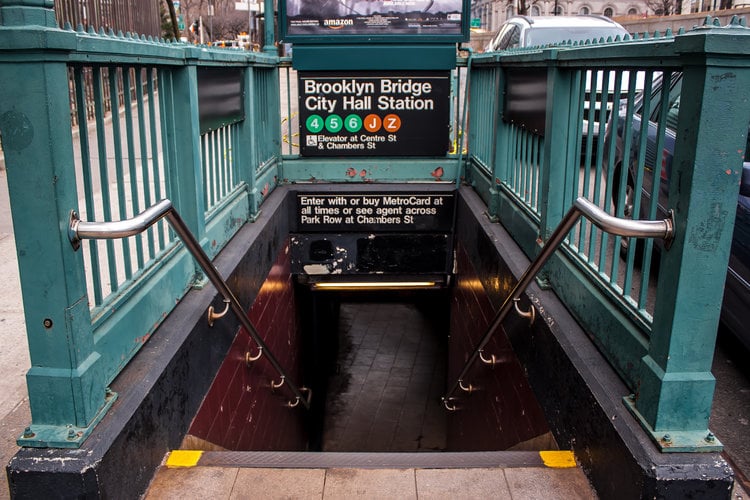Three-wheeled electric scooters have grown in popularity in the last few years. The latest models, in fact, have a broad range of features that can be extremely helpful for people with limited mobility. With a top speed of about six mph, their handling is both predictable and safe, with smooth braking and acceleration to give you comfort and security during your journeys.
Continue reading The Best 3-Wheel Electric Mobility Scooters for Seniors
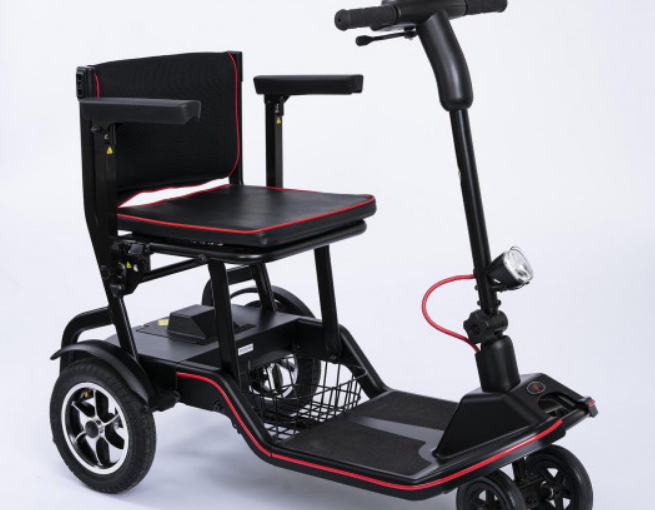
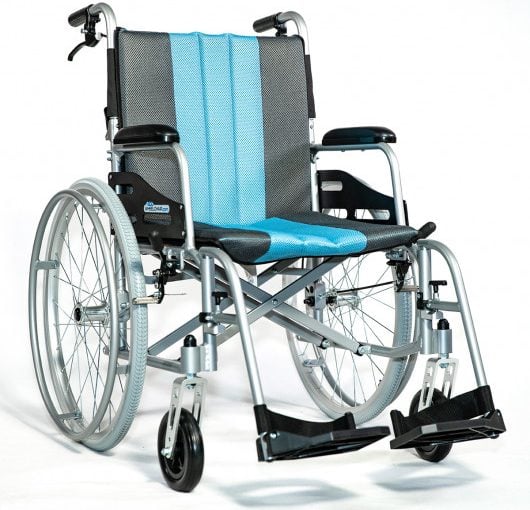

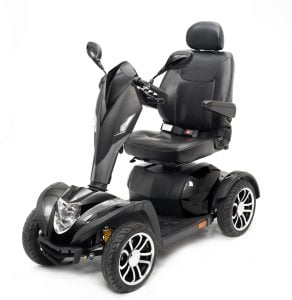 Everyone needs to experience at least one outdoor adventure in their lifetime. It’s a fun escape from the mundanity of our everyday lives.
Everyone needs to experience at least one outdoor adventure in their lifetime. It’s a fun escape from the mundanity of our everyday lives. 
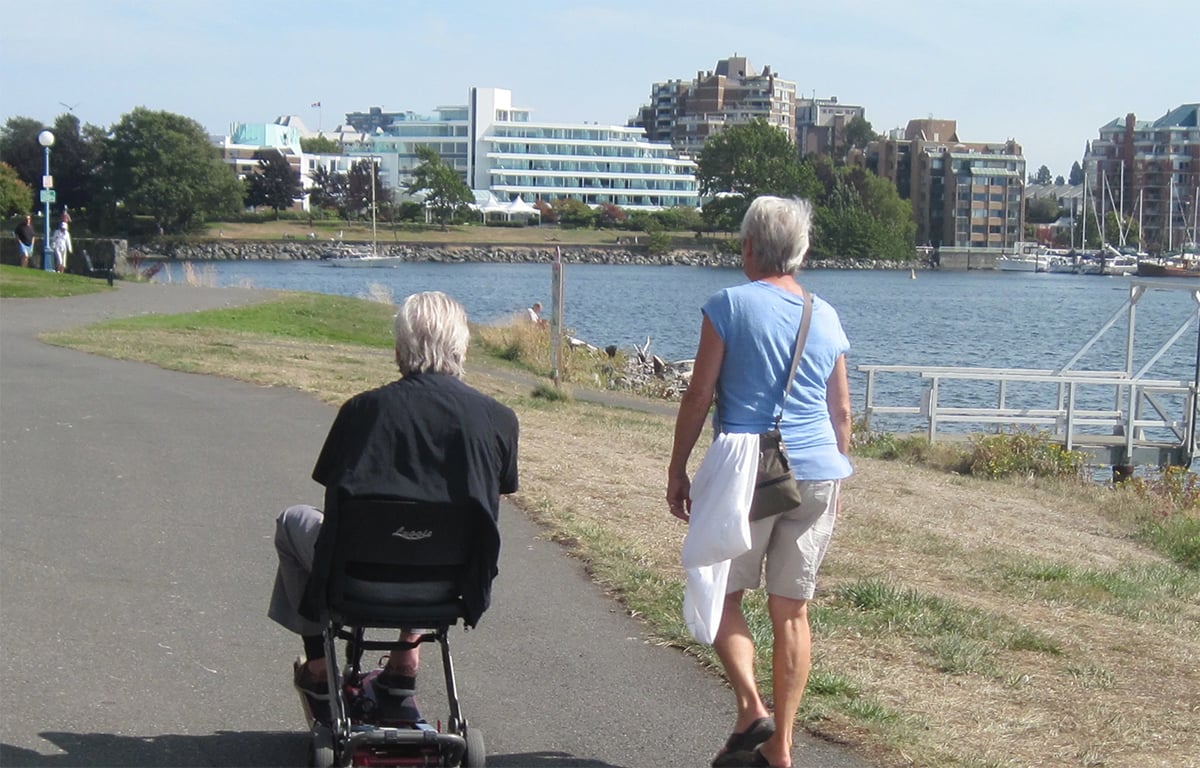
 Aging may affect a persons ability to move freely and travel from one place to another because of muscle loss, joint stiffness, and balance issues. Mobility problems can also occur in people who have developed certain diseases, such as Alzheimers, Parkinsons, and other similar conditions.
Aging may affect a persons ability to move freely and travel from one place to another because of muscle loss, joint stiffness, and balance issues. Mobility problems can also occur in people who have developed certain diseases, such as Alzheimers, Parkinsons, and other similar conditions.